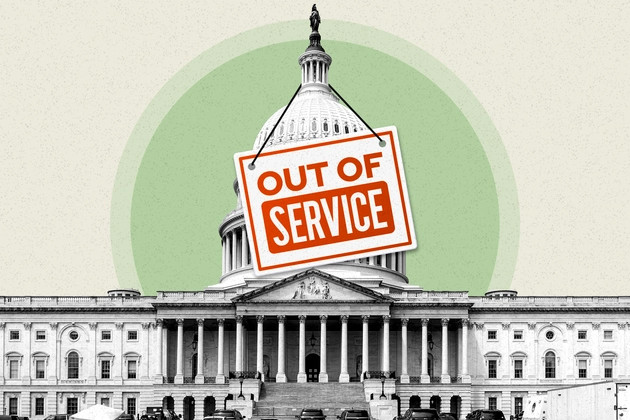Earlier this month, the Los Angeles Dodgers won the world series. Shortly after that, Forbes published an article about the record-breaking global viewership that the world series amassed. The 11-inning Game 7 instant classic had over 51 million viewers across just the U.S., Canada, and Japan. There are a couple obvious reasons for the...
The Liberation Day Tariffs
In November, shortly after Donald Trump won the presidential election, I wrote an article about his proposed tariff plan. Now, just a couple of months after taking office, Donald Trump has followed through on his campaign promise, announcing sweeping tariffs on almost every country last Wednesday, on a day President Trump dubbed "Liberation Day." As reported in this CNN article, the "Liberation Day" tariffs place a 10% across-the-board tariff on all imports, and even higher tariffs on more than 60 countries (most notably China at 34% and the European Union at 20%). Trump framed this as a "declaration of economic independence," invoking national emergency powers to combat what he described as long-standing trade imbalances. Within hours, global markets tumbled, with futures for the Dow, S&P 500, and Nasdaq plunging over 2-4%, reflecting widespread investor fear of a rekindled global trade war. This was on top of the Dow, S&P 500, and Nasdaq, all declining last month in anticipation of President Trump's tariffs.
The economic ripples of the "Liberation Day" tariffs could extend far beyond short-term inflation or trade disruptions. In the near term, it is likely that these tariffs will cause prices of most consumer goods to increase and lead to shortages of some goods, while exporters could see a decline in overseas market share as a result of retaliatory tariffs. Looking towards the future, these tariffs could lead to increased investment in the United States. If the tariffs are successful and remain in place, companies may move some manufacturing back to the United States, leading to the creation of new jobs. One economic concern with these tariffs is that companies will not be able to allocate their money in the most economical and future-thinking way. Instead of reshoring manufacturing jobs, the Trump administration could focus on policy that leads to the creation of more tech jobs or other, more modern jobs. Paradoxically, while Trump's tariffs may ignite a new era of domestic industrial investment, they could also usher in the most significant contraction of global trade flows in a century. This would create an interesting dynamic, one that is only half of the Trump administration's goal.
This CNBC article, published last week, talks about how the U.S. federal government has just shut down. The shutdown started after Congress failed to reach an agreement on a funding bill before the deadline. The article goes on to talk about the immediate impacts on federal workers, disruptions to non-essential government services, and the...
Is There An AI Market Bubble?
This CNBC article from earlier today discusses how OpenAI CEO Sam Altman thinks that the artificial intelligence market might be in a bubble. Altman compared today's AI enthusiasm to the dot-com bubble of the late 1990s, where inflated valuations led to a market crash. Altman acknowledged the revolutionary potential AI has, but cautioned that...




